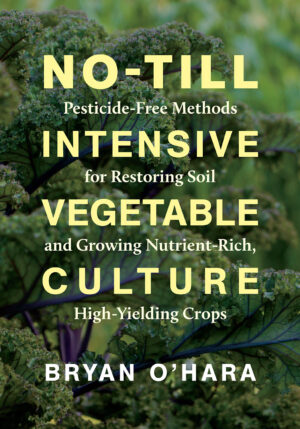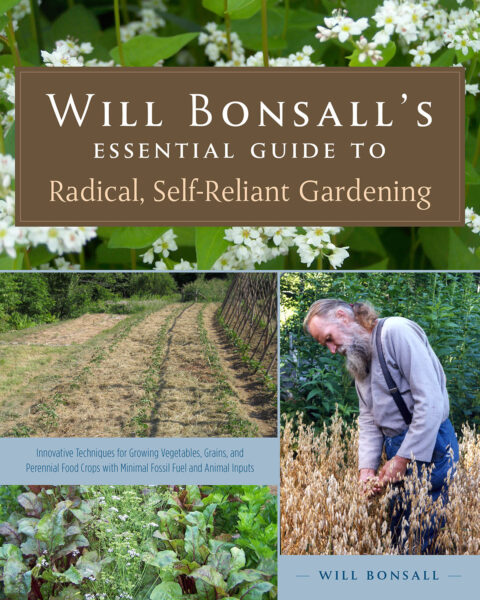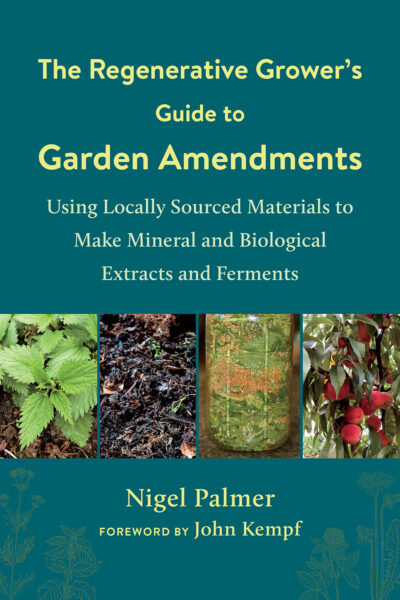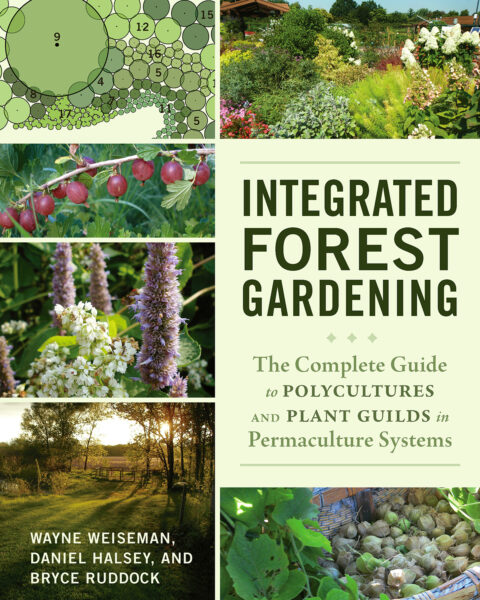Pros and Cons of Tillage
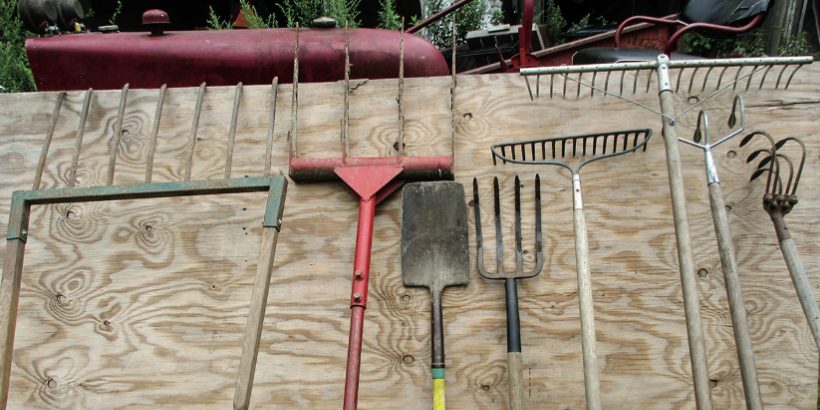
When it comes to tilling your soil, less equals more. “Why?” you may ask? Traditional tilling is exceptionally damaging to the soil in the long run. Occasional tillage may be necessary, such as before you start growing vegetables, or when you need to add supplements to depleted areas. In these cases, use a hand tool or a simpler tractor-till to save your soil.
The following is an excerpt from No-Till Intensive Vegetable Culture by Bryan O’Hara. It has been adapted for the web.
(All photography by Bryan O’Hara.)
Tillage, though inherently detrimental, can also provide some benefits to the vegetable grower. The natural state of agriculturally suitable land is a cover of perennial vegetation such as grasses, shrubs, and trees. Tillage is the traditional method to convert such land to vegetable production.
Most vegetables are fast-growing annuals, and annual plants are nature’s response to disturbance.
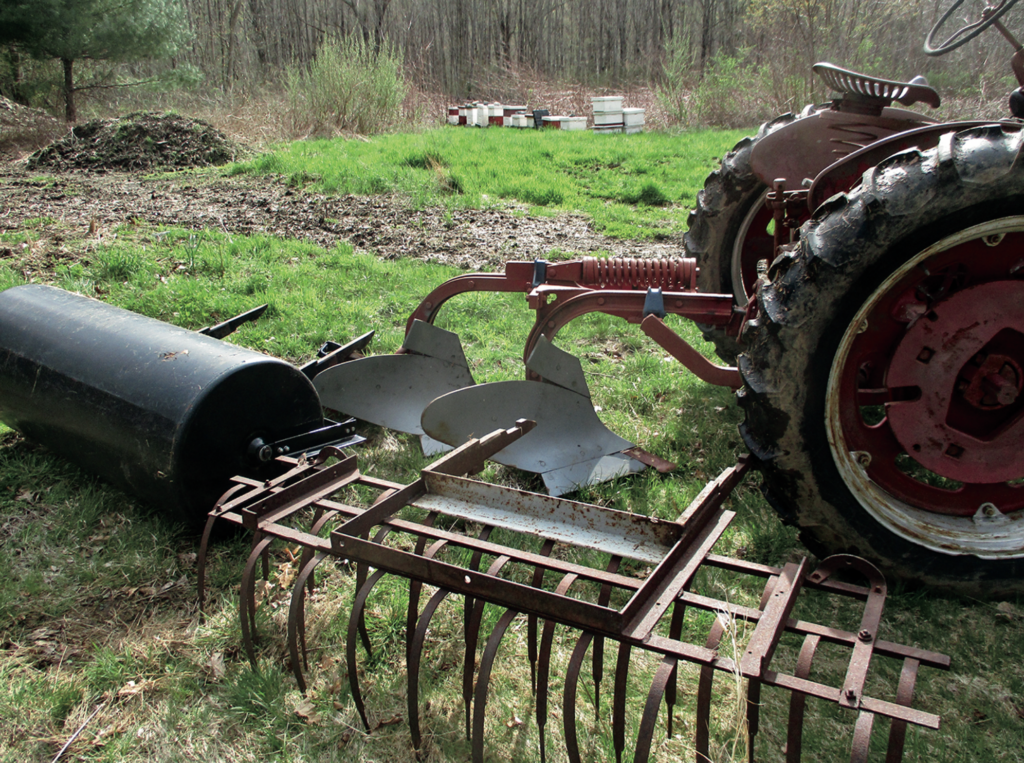
Our tractor-mounted tillage tools include a moldboard plow, a tined rod weeder, and a water-filled drum roller. We use these when converting new grow- ing areas to no-till.
Thus vegetables, to some degree, are a reasonable plant to cover a tilled soil. Tilling not only quickly converts land out of its natural perennial growth but also creates a surface that is appropriate for seeding or planting. Tillage destroys weeds and mixes fertilizers and organic materials into the soil profile and can break up plow pans and surface crusts.
Thus tillage may have beneficial results in terms of air and water movement, soil temperature, and residue decay. The need for many of these improvements, however, may actually arise from inappropriate past tillage events. To some degree tillage may lead to conditions where more tillage is needed, a sort of tillage treadmill effect.
For growers to best utilize tillage for potential benefits and avoid perpetuating the need for tillage, they must first identify a clear purpose for tilling and understand the damage that tillage events may cause. This provides the best chance that they will achieve their goal and inflict the least possible damage. Though nature is forgiving, over time repeated disturbance by tillage can wear down a soil’s ability to effectively recover.
The deterioration of soil structure leading to soil crusting and subsurface plow pans, increased erosion of soil, destruction of soil life, and the dramatic impact on the soil temperature and imbalance of soil air:water biology and nutrients are just the short list. The ramifications of these conditions on crop health can be extensive. Weeds respond to the disturbance with rampant growth. Damage and imbalance to the soil biology lead to nutrient imbalances that if unmanaged by growers quickly lead to disease and insect assault as well as poor growth with all manner of production difficulties, leading to lack of profitability. Fortunately, there is a better way.
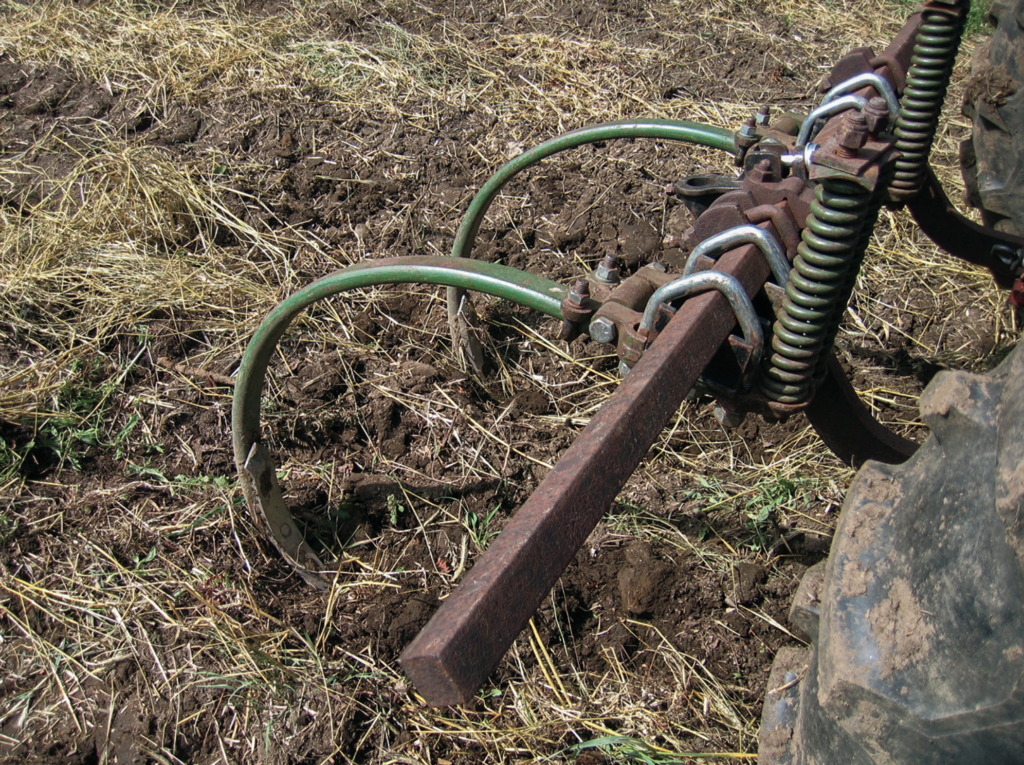
A chisel plow can cut deep but produce minimal soil disturbance, even in a high-residue environment.
The transition from tillage systems to reduced tillage and finally to no-till is often gradual. As well, no-till may not be a permanent field condition, and some form of tillage may be reintroduced in order to achieve a specific goal such as eliminating an infestation of aggressive perennial weeds, with an eventual return to no-till when that goal is achieved.
Growers whose systems presently incorporate tillage may need to approach the conversion to reduced and no-tillage carefully, because it may take time to learn the intricacies of a new system. Experimentation with various methods on smaller areas as opposed to going cold turkey with tillage may well be more financially stable.
Likely there is no soil that would not benefit from an appropriate no-till system, as tillage is inherently unnatural and disruptive to soil biology and function.
No-till, in common agricultural terms, is often synonymous with herbicide usage, as the herbicide performs the primary function of elimination of existing vegetation.
Recommended Reads
Recent Articles
Garden strawberries are excellent for both covering the ground and for growing fruit. If you’re planning out a forest garden, or are just looking for a plant to use as ground cover, strawberries are a great option. The following is an excerpt from The Home-Scale Forest Garden by Dani Baker. It has been adapted for…
Read MoreAsparagus is a delicious vegetable with a layered history. How did this aspiring spear make its way from growing in the wild to appearing on our plates? The following is an excerpt from the The Seed Detective by Adam Alexander. It has been adapted for the web. “Nature gives us the key to every secret…
Read MoreInterested in growing trees? Here are some tips on successfully planting, transplanting, and pruning trees to create a flourishing forest garden! The following is an excerpt from The Home-Scale Forest Garden by Dani Baker. It has been adapted for the web. Planting Potted Trees and Shrubs If you order potted trees, check with your supplier to…
Read MoreWith the right strategies and practices, composting on a small farm is surprisingly easy and inexpensive. Just follow these steps for making compost, and your farm will be thriving in no time! The following excerpt is from The Lean Farm Guide to Growing Vegetables by Ben Hartman. It has been adapted for the web. (All photographs by Ben…
Read MoreGarlic mustard: while known as “invasive,” this plant can be consumed in its entirety and has great nutritional value. Plus, the garlic-flavor is a perfect addition to any recipe that calls for mustard! The following are excerpts from Beyond the War on Invasive Species by Tao Orion and The Wild Wisdom of Weeds by Katrina…
Read More

